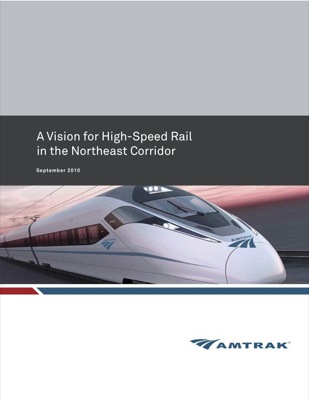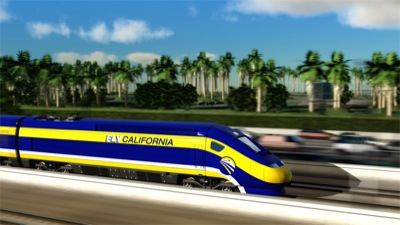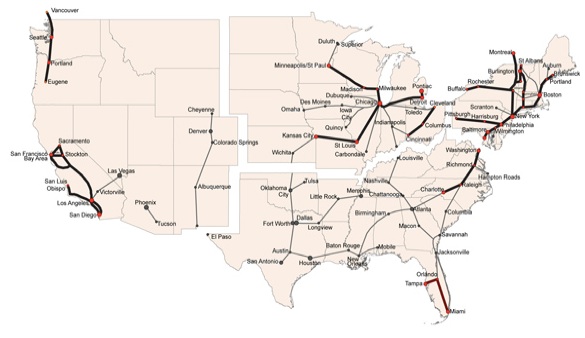The planned Honolulu rail line is likely to go at least 30 percent over its projected costs, and ridership is likely to be 30 percent less than forecast, according to a new report commissioned and released by Hawaii’s governor. The report cost $350,000, which means it commands more respect than if one of the Antiplanner’s faithful allies had written it for free. (Actually, one of the Antiplanner’s faithful allies, Tom Rubin, did help write the report–but not for free.)
The report says the rail line, which the city projected would cost $5.5 billion, is likely to cost at least $1.7 billion more. While local voters approved a sales tax increase to pay for the line, the report projects that tax will be insufficient to pay for the rail line. Over the next 30 years, “The total capital and operating subsidy paid by local taxpayers” on top of the sales tax “is estimate to range from $9.3 billion . . . to $14.5 billion.”
“Transit system usage and fare revenue are likely to be substantially lower than is project,” adds the report, “since the Plan’s projection would require an unprecedented and unrealistic growth in transit utilization for a city that already has one of the highest transit utilization rates in the country.” Update:The full report is downloadable from a state web site. Continue reading










